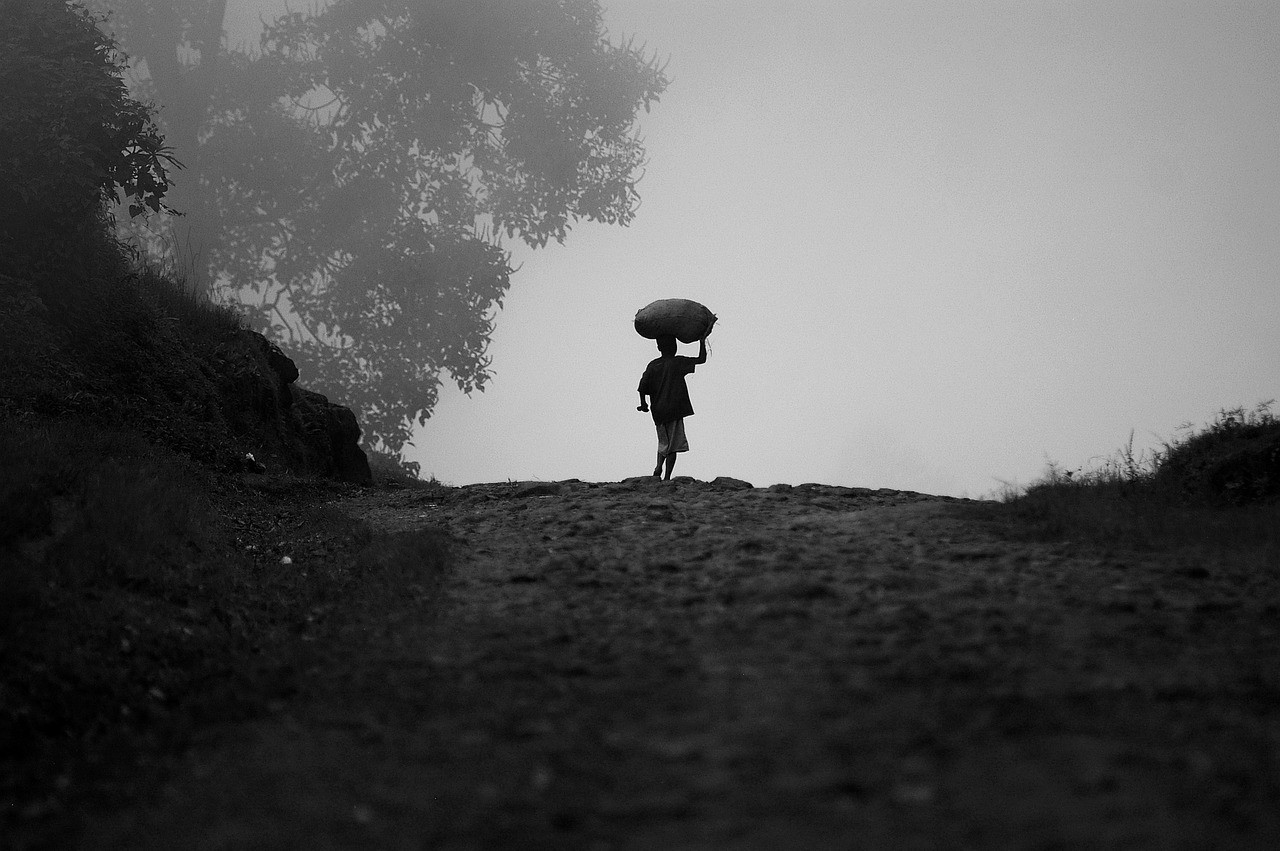
Trafficking In Persons: The Case of Malawi
By Tiwonge Loga
Malawi is a country in South-East Africa, landlocked by Mozambique, Zambia, and Tanzania. Malawi is a documented source and transit route for human trafficking[1]. Men, women, and children are trafficked within the country, across the border to neighbouring countries and further afield including to South Africa, Kuwait, and Oman[2]. The country also serves as a transit route for trafficked persons from northern African countries such as Ethiopia to further south, including South Africa. An additional dimension of Malawi’s trafficking pattern is the recent discovery of human trafficking networks operating within refugee camps[3].
According to the US State Department’s 2023 Trafficking in Persons Report for Malawi, the government identified a total of 145 victims of human trafficking in 2021[4]. In 2022, the number of trafficked people included 81 victims domestically and 80 victims that were repatriated from abroad[5]. An additional 50 trafficked females were identified in Oman where they encountered all the exploitative consequences of the “kafala system.”[6] Unfortunately, government was only able to repatriate 3 of those victims due to a request by Oman for repayment of debts associated with the recruitment processes of the said women.[7] Furthermore, police in collaboration with NGOs, intercepted more than 446 potential victims of trafficking through increased vigilance at airports and border crossings[8].
Of the total identified human trafficking victims in 2021 and 2022, 137 were being trafficked from within Dzaleka Refugee Camp, which houses the country’s refugees and asylum seekers.[9] According to UNHCR, most of the trafficked victims were males between 18 and 30 years old from Ethiopia and females between 12-24 years old from Ethiopia, Burundi, and DRC.[10] The men were exploited within and outside the camp for manual labour, while the women were exploited for sex-related work and domestic work.[11]
Generally, data suggest that TIP in Malawi follows distinct patterns based on gender, age and whether the movement is intra-country, or across border. For cross-border human trafficking, the main exploitation purposes for women are domestic servitude and sex trade[12]. And for men, the cross-border human trafficking is primarily for farm labour, animal herding, and fishing[13].
Within Malawi, the trafficking of people is predominantly from the southern region of the country to the central and northern parts for purposes of cheap labour on farms[14]. This is because Malawi is a significant producer and exporter of tobacco, with the large farms located in the central and northern parts of the country. Other reasons for TIP within borders are for sex trade and domestic labour among women; and animal herding and brick laying among men. However, nuances of these intra and cross-border patterns may exist, depending on specific districts of the country[15]. For example, whether a given district is a border town, a fishing town, urban or rural[16]. The discovery of trafficking networks within refugee camps in 2021 is also a new development for Malawi. Nonetheless, as with trafficking patterns domestically, trafficking emanating from refugee camps was still for purposes of manual labour among men, and sex and domestic work for the women[17].
Factors specific to Malawi that promote TIP include high poverty levels, significant food insecurity and cultural practices that put girls at risk for trafficking. These cultural practices include child marriages, selling girls to offset debt, offering girls in exchange for dowry and designating girls towards domestic work[18].
Despite research into TIP in Malawi being limited, several organizations have done work in the area including Plan International, Norwegian Church Aid and International Organization of Migration (IOM). The Ministry of Homeland Security also has a desk office that compiles data on TIP in Malawi. It should be mentioned that such studies and their associated data are not readily accessible in the public domain, but through officially requests to the respective organizations.
For more information please read the following online resource: https://sihma.org.za/online-resources/child-traffick-in-malawi
[1] Malawi – The weakest link by Habiba Osman; Jan 18, 2023. Https://www.gga.org/malawi-the-weakest-link
[2] ibid
[3] US Department of State – 2023 Trafficking in Persons Report, Malawi
[4] Ibid
[5] Ibid
[6] “Kafala System” - A legal framework for migrant labour in the gulf state that allows employers to bring in foreign workers who are bound to that specific employer and allows for exploitation, including restriction of movement, no time off, no external communication and confiscation of travel documents. https://www.ilo.org
[7] US Department of State – 2023 Trafficking in Persons Report, Malawi
[8] Ibid
[9] Ibid
[10] Refugees at risk: UN uncovers human trafficking at camp in Malawi. UN News, 12 June 2022. Https://www.news.un.org/en/story/2022/06/1119612
[11] Ibid
[12] Malawi – The weakest link by Habiba Osman; Jan 18, 2023. Https://www.gga.org/malawi-the-weakest-link
[13] “Malawi forced labour and human trafficking continues to supply big tobacco. Jan 30, 2023 by Sam Biden. Https://www.hscentre.org/uncategorized/malawi-forced-labour-human-trafficking-continues-supply-big-tobacco
[14] Ibid
[15] An assessment on the factors influencing human trafficking in Malawi: a case study of Kanyama Village in T/A Zulu, Mchinji district. International Journal of Research Publication and Reviews, vol 4, no 9, pp966-971, September 2023.
[16] Ibid
[17] Refugees at risk: UN uncovers human trafficking at camp in Malawi. UN News, 12 June 2022. Https://www.news.un.org/en/story/2022/06/1119612
[18] 5 causes of human trafficking in Malawi. Https://www.borgenproject .org/human-trafficking-in-malawi
Photo by Nyambisi on Pixabay
Categories:
Tags:

